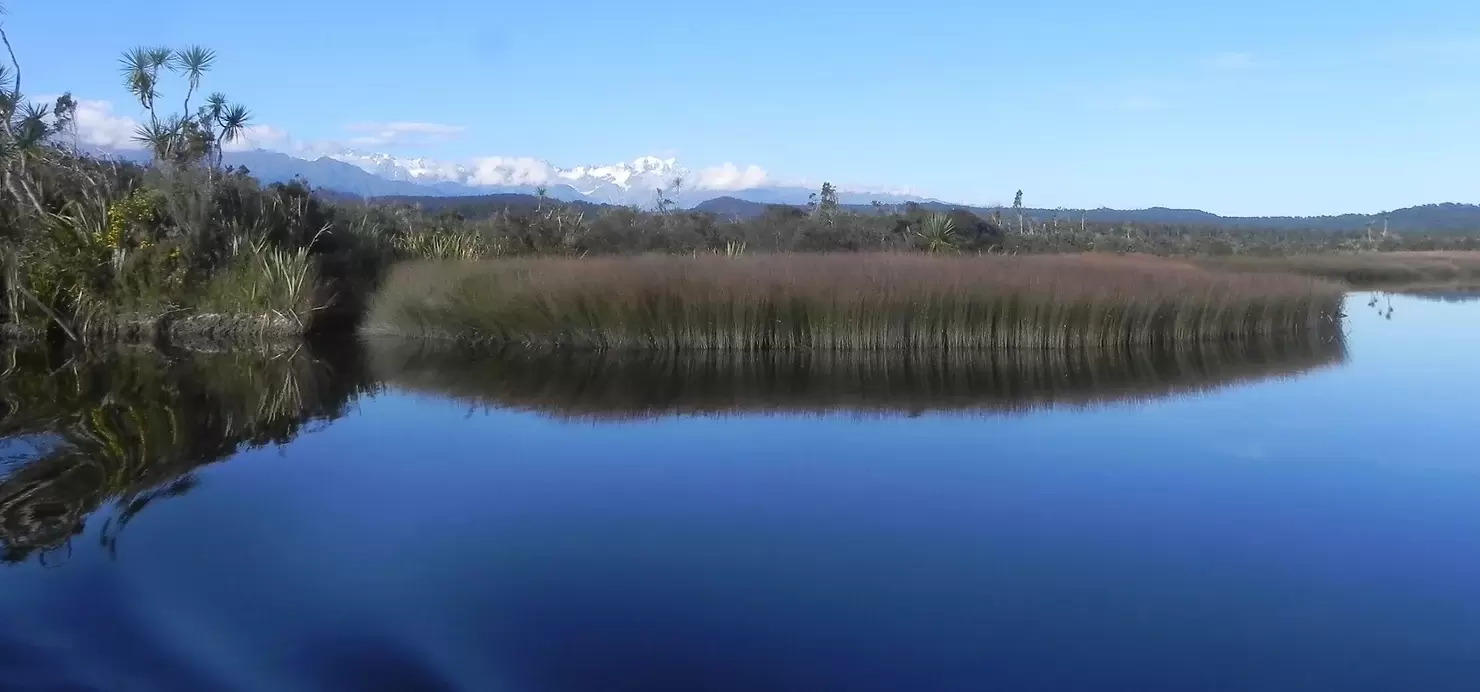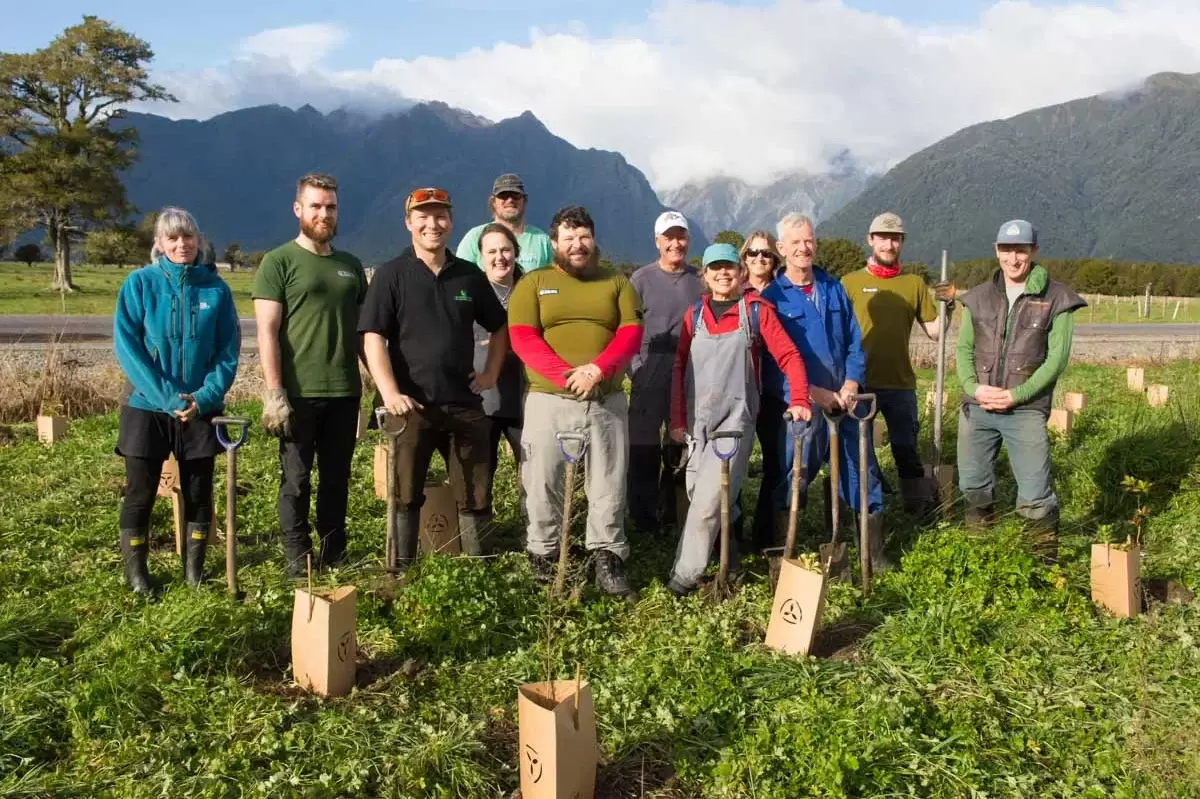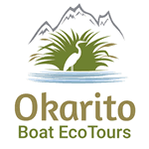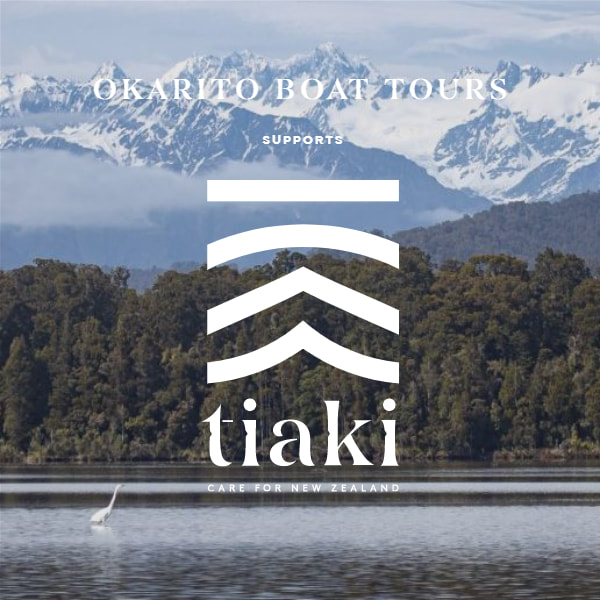|
As I was on a drive, an innovative idea started to form in my mind. I had been contemplating images of a traveler with a backpack, a cow, and a stream on my computer, trying to connect these seemingly unrelated elements. Gradually, a groundbreaking concept emerged that came to be known as the Ōkārito Plant Project. This initiative would soon become a powerful tool to stimulate communities to restore and protect natural ecosystems, promoting biodiversity, and revitalising essential forests, water bodies, and wetlands. Riparian Planting - A Major Goal in Environmental Sustainability
As members of the Ōkārito Native Plants Trust, we had been grappling with the challenge of implementing riparian planting on farms. Despite our efforts, we kept encountering obstacles, particularly when it came to securing funding for farmers. We began to understand why farmers were also struggling to make progress in this area. That's when it struck us. What if we could bring tourism businesses into the picture? They could help get the plants in the ground for farmers eager to contribute to conservation efforts. This approach would bypass the need for complex funding grants, enabling us to start planting immediately. Forging Partnerships in the Name of Nature Preservation Development West Coast played a crucial role in refining this concept and bringing it to life. Alongside them, Landcare Trust has been instrumental in bridging the gap between us and the farming community. With extensive knowledge of farms and understanding of suitable plant species our newly formed connection has proven invaluable. The Ōkārito Plant Project has brought together people from various walks of life, including local schools. It's a true community effort aimed at protecting our waterways with the plants we grow. By uniting different sectors and stakeholders, we're showing that everyone has a role to play in environmental preservation.
0 Comments
|
|
WHERE WE ARE
Okarito Office: 31 Wharf Street, Okarito 25 km north of Franz Josef, West Coast, South Island New Zealand 7856 CONTACT US Phone +64 (3) 753 4223 Email: okaritoboattours@gmail.com |
|
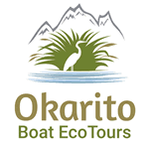
 RSS Feed
RSS Feed 